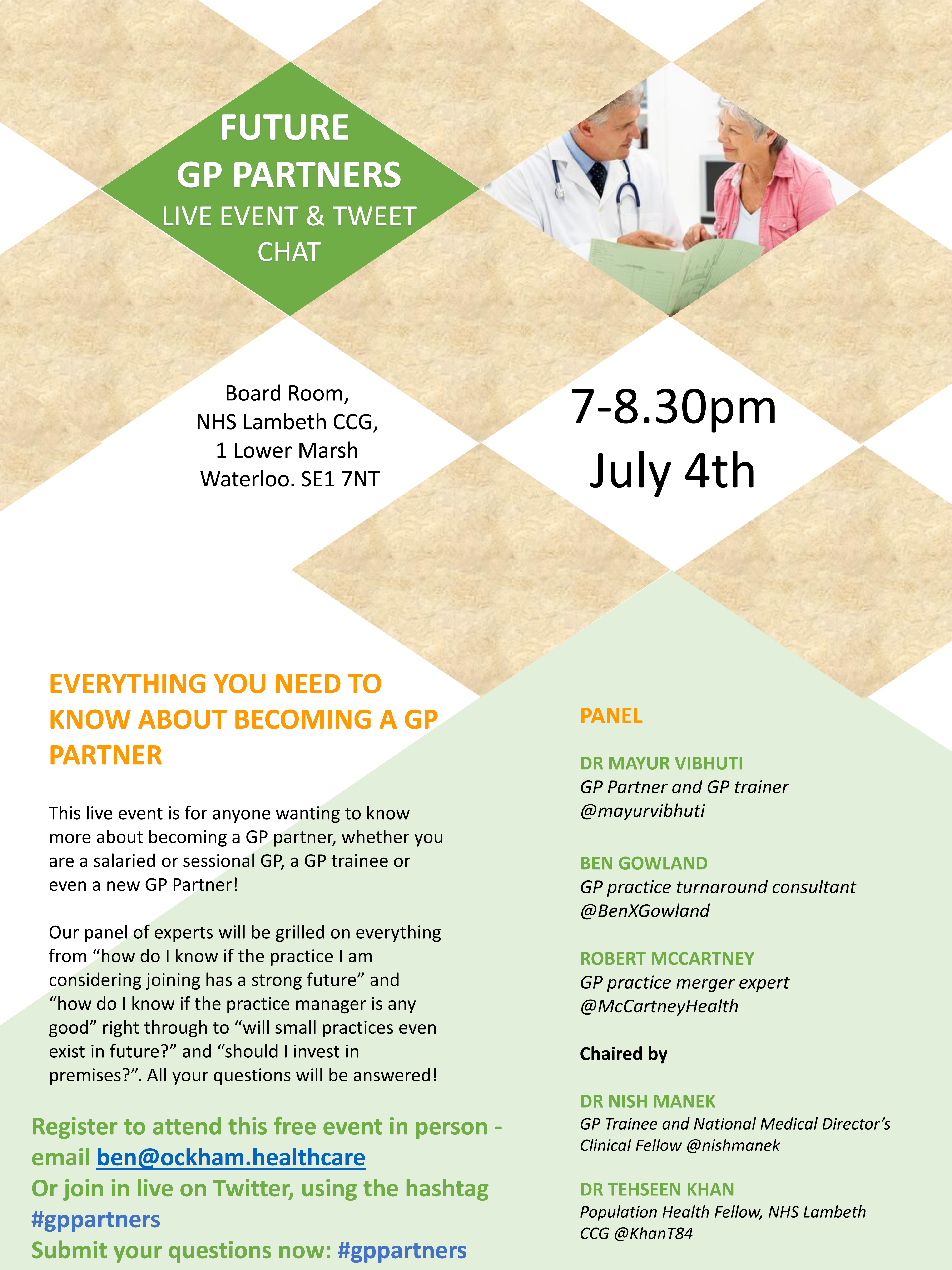For me, one of the biggest strengths of general practice is its independence. It contracts with the NHS, but is not part of the monolithic NHS structure. For some this may feel like a technical difference (after all GP practices can still access the NHS pension, and they are funded with taxpayer money) but for someone who has spent 20 years working in the NHS like myself the difference feels much more fundamental.
GP practices are bound by the terms of their contract with the NHS. But within the boundaries of those terms they are free to innovate, make changes, and take whatever decisions they want to improve care for their patients and the working lives of their staff. This is in stark contrast to NHS organisations that are bound by NHS-wide restrictions, ways of operating and approval mechanisms that often stifle innovation and directly impact on culture.
It is now widely accepted that GP practices require more money – whether they are funded directly or through a contract. Moving away from the independent contractor model is not the answer; it will not solve the problems of inadequate funding, insufficient GPs, or growing workload. Their independence is not a cause of those problems, but rather is the only reason GP practices have been able to continue the way they have despite the current pressures.
Yet, sadly, the independent contractor model is teetering on a knife’s edge. I visited a practice recently that a year ago was a relatively stable, well-run, 4 partner and 7500 population practice. Within the space of two weeks two of the partners resigned. One was retiring, and one was emigrating to Australia. A few weeks later a third declared they were also resigning as they wanted to become salaried. This left a single GP, who had neither the skills nor the desire to be the sole partner of the practice. She wrote to the CCG informing them of the situation and declared that if a solution was not found she would be forced to hand back the list.
This scenario and others like it are being played out throughout the country. The inability to recruit GP partners is rising to the top of the challenges facing GP practices today. Every resignation of a GP partner creates panic within practices, a sense of being trapped, and a fear of being the one left carrying the costs of closure.
The recent push to secure 5000 new GPs, whilst unlikely to be achieved, has brought new GPs into the profession. But many of these GPs are choosing part time or portfolio careers. The competition for new GPs is pushing up the pay for salaried GPs. The new extended access and A&E based services provide well-paid, flexible alternatives for new GPs, further increasing the challenges of recruitment for practices.
The risk is that, unconsciously, we are creating a system that rewards salaried GPs and punishes GP partners. By not intervening, general practice as a profession is risking its independence. Without GP partners, there are no businesses that can deliver against the contracts, no practices as we know them today. The NHS will have to directly deliver the service. Once independence is gone, it will never be regained.
I do not believe GPs, even new GPs, would actively choose to give up their independence. I believe it is happening below the surface, unnoticed; not as a conscious decision or policy intent, but as an unintended consequence of the way the system now operates (“every system is perfectly designed to get the results it gets” etc.) We have not paid this dilemma enough attention, and must take urgent action before it is too late.
We need to make becoming a GP partner more attractive. We must cherish the independence of general practice, and help the future generation of GPs understand not only the freedom it provides but also what will be lost without it. In a tougher financial environment, we need to make sure GPs are given training and support to be confident to take on the challenge of becoming a partner. The one afternoon designated in the current GP training programme is insufficient.
Here at Ockham we are taking a step (albeit small) to fill this training gap. On Tuesday July 4th at 7pm we are holding a free event in Central London on being a GP partner. Join us in person or on twitter (#gppartners) – find out more details of this unique event here. Unless we take action now, general practice will lose its independence.





